Back Dimple Piercing: Process, Pain, Healing Time, And Cost
Discover the benefits and risks of getting this bold and edgy dermal piercing.

Image: StyleCraze Design Team
Back dimple piercings are becoming increasingly popular among newbies and seasoned enthusiasts alike due to their unique and aesthetically appealing look. Unlike traditional piercings, they have a single point rather than separate entry and exit points. But, just like every other body piercing, they too require careful attention, love, and care. So, if you are considering getting these piercings but are unsure where to start, we got you covered. In this article, we will learn about the process of getting back dimple piercings, the jewelry types, how to clean them, and the complications associated with them. Continue reading.
 Piercing Guide: Back Dimple Piercing
Piercing Guide: Back Dimple Piercing- Placement: lower back dimples
- Best Jewelry: surface bars
- Cost: $40-$100
- Pain Level: medium to high
- Healing Time: 1-3 months
In This Article
What Are Back Dimple Piercings And Their Types?
A back dimple piercing, also known as a microdermal piercing, involves piercing the dimples on your lower back, just above the buttocks. Unlike ear piercings, they have a single point with an anchor beneath the skin, creating the appearance of the jewelry sitting on the surface.
There are two types of back dimple piercings that people opt for:
- Double Back Dimple Piercing: This involves strategically placing two dermal piercings in the lower back dimples to create a balanced and stylish look. It is a popular choice for those looking for a bold aesthetic.
- Single Lower Back Dimple Piercing: This involves going for one dermal piercing in one of the lower back dimples, making it perfect for those seeking a subtle yet unique look.
 Trivia
TriviaApart from the type of piercing, other factors also play a role in determining the cost. Check out the next section to know more.
Key Takeaways
- Back dimple piercings offer a unique aesthetic that enhances confidence and self-expression.
- Choosing quality materials like titanium or stainless steel is crucial for healing and minimizing adverse reactions in back dimple piercings.
- Proper aftercare, including daily cleaning and avoiding excessive movement, is vital for the healing process and preventing complications.
How Much Do Back Dimple Piercings Cost?
It is important to remember that the cost of back dimple piercings can vary based on the following factors:
- Piercing Studio Location: Prices may differ depending on the region or city. Piercing shops in urban areas tend to have higher costs than those in smaller towns.
- Piercer’s Experience: An expert body piercer may charge more for their expertise. However, it often ensures a smoother and safer piercing procedure.
- Jewelry Choice: The type and quality of jewelry can influence the overall cost. Higher-quality materials like platinum or gold may increase the price further.
On average, you can expect to pay between $40 and $100 or more for each back dimple piercing. Moreover, dermal piercings require more experience, so they can be more expensive than standard piercings. Therefore, research and choose a professional piercing studio, prioritize hygiene and safety, and invest in quality jewelry for a successful and comfortable piercing experience.
The price may get you wondering how the piercing process works in the first place. Find out in the following section.
How Do Back Dimple Piercings Work?
Your piercer will take you through the process step-by-step to ensure a smooth and comfortable experience. The steps are as follows:
- They will look at your back to see if your dimples are deep enough for piercing.
- They will clean, disinfect, and mark the areas with a skin-safe marker.
- They may use a clamp-and-needle technique or a skin punch as per your preference.
- They will pierce the dimple with your selected jewelry. They may repeat this step for the twin dimple on the other side if you choose to get double back dimple piercings.
- They will disinfect the area one more time and give you detailed aftercare instructions.
Discussing the procedure with your piercer will help you prepare for it. But that begs the question, how much does it hurt? Scroll down to the next section to find out.
Do Back Dimple Piercings Hurt?
This depends on the individual’s pain tolerance. However, many report the procedure as very painful but only momentarily. Some other factors that determine your pain level are:
- The placement of the piercing matters a lot. If your back dimples are not too fleshy or stiff, you are likely to experience more pain.
- The needle method is considered more painful as compared to dermal punches.
- The dermal piercing expert’s skill and expertise can ensure a smooth and less uncomfortable experience.
You can take a few measures before your appointment to prepare yourself and your body to deal with the pain or discomfort. Try to schedule your appointment when you are rested. Keep drinking enough water to minimize pain throughout the back dimple piercing procedure. Being physically ready may improve your ability to tolerate discomfort. Avoiding caffeine and eating a well-balanced meal before bed can also help your body respond to pain gradually. Before and during the treatment, breathing exercises or relaxation techniques may alleviate discomfort and make the process go more smoothly.
Karen, a blogger, shared her experience of getting a back dimple piercing. She writes, “I’ll admit though, it hurt wayyyy more than I anticipated and wayyyy more than any of my other piercings (i).”
Getting your piercing is just part of the journey. It is important to understand the healing time and process to ensure you get through it with fewer complications. Check out the next section to know more.
Healing Time For Back Dimple Piercings
Back dimple piercings take longer to heal as compared to other piercings. It may take somewhere between 1 to 3 months to heal, but it might take longer due to factors such as the individual’s general health and the piercer’s jewelry placement.
In the initial weeks, you may notice crusting around the jewelry and some minor swelling and redness. This is normal and should decrease as the piercing heals. However, if you see yellow or green pus or experience warmth around the area, they may be indicative of an infection and require quick medical intervention.
Cleaning your piercings properly reduces the risk of infection and other complications. Find out how to do so in the next section.
How To Clean Back Dimple Piercings
Cleaning your piercings the right way will ensure a smooth and safe recovery. These are the steps you can follow:
- Wash your hands with antibacterial soap before touching the piercing to avoid introducing bacteria.
- Apply the cleaning solution with a cotton bud to the piercing and the surrounding area.
- Pat dry with a paper towel instead of a cloth towel as it may harbor bacteria.
- Clean it twice a day to keep the piercing neat. You can even clean in between if you see crust or dirt building up.
Cleaning the healing piercing is just the first step in the aftercare process. Scroll down to the next section for some important tips to help optimize your healing process.
Back Dimple Piercing Aftercare
Following proper aftercare instructions is crucial for the healing of back dimple piercings. Here are the tips you can follow:
- Avoid touching the piercing hole with unwashed hands to prevent introducing bacteria.
- Opt for loose clothing to prevent irritation and allow proper airflow.
- Avoid swimming pools, hot tubs, and bodies of water during the initial healing period to prevent contamination.
- Refrain from excessive movement or twisting of the jewelry to prevent irritation.
- Monitor for signs of infection such as increased redness, swelling, or discharge.
- Avoid sleeping directly on the pierced area to prevent friction and irritation.
- Use high quality made from materials like titanium or surgical stainless steel to reduce the risk of allergic reactions.
While picking your dermal jewelry, it is important to choose the right type of jewelry and material to avoid piercing complications. Learn more about them in the next section.
Jewelry And Materials For Back Dimple Piercings
In contrast to traditional piercings, dimple dermal piercing jewelry is embedded and secured between the layers of your skin with just the head outside. The piercer may recommend the following jewelry types:
- Dermal Anchors
View this post on Instagram
They are the most commonly used jewelry for lower back dimple piercings. The anchor is inserted into the dermis layer to allow the new skin tissues to grow through it. Then, a jewelry top is screwed onto the anchor to hold it in place.
- Diver
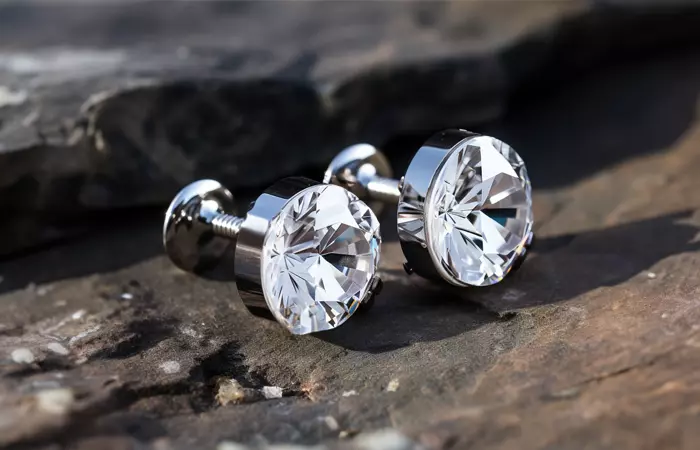
A skin diver has a stem-like bottom with a pointed arrow-like shape that just “dives” into your skin. This particular shape makes it easy to embed between the skin layers. The visible top of this jewelry is attached to the base; hence, it is not interchangeable.
The material plays a crucial role when deciding your jewelry. Check out some options below.
Jewelry Material
Since this piercing is inside your skin, use non-irritating materials to minimize adverse reactions. A professional piercer may use the following materials:
- Titanium: It stands out as the premium and preferred jewelry material, especially for individuals with sensitive skin due to its hypoallergenic properties.
- Stainless Steel: Another popular option that is also hypoallergenic and durable, making it a reliable choice for many.
- Niobium: It is an inert metal with a lustrous grayish-white appearance. It is less expensive than titanium and is corrosion-resistant as well.
- Gold: A metal that never goes out of style. However, opt for 14-karat gold as it is durable enough to hold the fresh piercing but also sensitive skin-friendly, and tarnish-resistant.
Selecting jewelry of high quality is essential for comfort, safety, and successful recovery. Effectively designed, biocompatible materials greatly lower the chance of infections, allergic responses, and irritation which may hinder the healing process. Selecting trustworthy jewelry facilitates a safer, faster recovery and improves your experience. High-quality pieces may help keep your piercing healthy and more durable over time.
 Pro Tip
Pro TipThe jewelry types mentioned above may make you want to experiment with them to create different looks. But when is the right time to change your jewelry and how should you do it? Find out in the next section.
When And How To Change Back Dimple Piercing Jewelry?
You can change your piercing jewelry once it has healed completely. You can follow these instructions when changing your jewelry:
- Wash hands with soap and water to minimize bacterial risk before changing jewelry.
- Prepare new jewelry by disinfecting and drying it. Get a mirror and pliers or tweezers.
- If there is any crust or debris around the jewelry, clean it with a soft paper towel soaked in warm water.
- Place a mirror behind you to get a proper view of your piercing.
- Take a pair of tweezers or pliers to hold the visible top part of the anchor.
- Take another pair of tweezers or pliers to hold the top and rotate it counterclockwise to unscrew it.
- Screw on a new top of your choice.
Getting a back dimple piercing requires careful consideration. Check out the final list of pros and cons in the section below to help you arrive at your final decision.
Pros And Cons Of Back Dimple Piercings
Back dimple piercings involve perforating the natural indentation or dimples. But just like any piercing, they come with the following set of pros and cons:
Pros
- Make Jewelry Swapping Easy: After proper healing, the jewelry can be easily swapped, allowing people to create unique looks. Utilize a mirror for a quick and efficient procedure.
- Have A Better Aesthetic Appeal: When executed properly, back dimple piercings create a fantastic aesthetic and make individuals feel more confident and sexy.
- Are Popular And Versatile: While back dimples are typically associated with women, men can also get these piercings known as the dimples of Apollo. The anatomy is the same for both genders, allowing men to enjoy the aesthetic benefits of this piercing.
- Can Be Easily Hidden: Back dimple piercings offer the benefit of easy concealment, providing individuals the flexibility to showcase or hide the piercings based on the situation.
Cons
- May Cause Tearing: Back dimple piercings may easily snag on loose-fitting clothing due to their placement, especially in jeans. This can cause pain and even potentially tear if the snag is forceful.
- May Make Aftercare Tricky: Cleaning and performing aftercare on back dimple piercings can be challenging as the area is not easily visible. Managing aftercare instructions independently can be difficult, requiring a mirror to monitor the piercing to prevent inflammation or infection.
- May Lead To Infection And Scarring: Since it is a dermal piercing, it may be more prone to skin infection, swelling, and blisters. However, if the infection is not treated on time, it can leave an unappealing and disfigured scar (1).
- May Cause Tissue Damage: Improper piercing techniques may cause excessive trauma to the pierced area, resulting in thick, raised scars (1).
- May Cause Displacement: The jewelry may shift or move from its original placement, especially during the initial healing period. This displacement can prolong the healing process and increase the risk of complications.
- May Lead To Rejection: Incorrect placement, excessive movement during healing, and inadequate aftercare can make the body perceive the jewelry as a foreign body and cause it to push the jewelry out (2). Moreover, dermal piercings have a much higher rate of rejection than other standard piercings.
Back dimple piercings, also known as Venus dimple piercings, offer a unique and stylish form of self-expression. With the choice between single or double piercings, individuals can enjoy a personalized aesthetic. However, the procedure comes with potential challenges, such as the risk of rejection, snagging, and pressure due to tight clothing. Therefore, following a proper aftercare regime is crucial for minimizing complications. While back dimple piercings can enhance one’s confidence and appeal, it is essential to consider personal comfort and lifestyle factors before opting for this distinctive piercing.
Infographic: Top Jewelry Choices And Materials For Back Dimple Piercings
Back dimple piercings have quickly become a stunning trend, drawing attention to the lower back with a touch of glimmer. But once you’ve decided to get one, selecting the right jewelry and material is key to both comfort and style. The right jewelry makes all the difference; ensuring that the piercing heals beautifully without complications. Learn about the top jewelry materials and options for back dimple piercings in the infographic below. Read it now!
Illustration: StyleCraze Design Team
Frequently Asked Questions
Can you get back dimple piercings without dimples?
Yes, back dimple piercings can be obtained without natural dimples. The whole purpose of this piercing is to enhance the natural indentation or create them to enhance your back’s beauty.
Can you engage in physical activities or sports with back dimple piercings?
Engaging in physical activities or sports with back dimple piercings is possible, but following these precautions is necessary.
• Wear protective gear and avoid excessive movement or direct pressure on the piercings.
• Avoid water sports such as swimming as it can introduce harmful bacteria to the piercing.
• Opt for low-intensity exercises that do not make you sweat profusely.
How do you remove back dimple piercings?
The professional back dimple jewelry removal process typically involves:
• Cleaning the area.
• Unscrewing the jewelry top.
• Massaging the area to dislodge the anchor.
• Making a small incision.
• Removing scar tissue.
• Using forceps to extract the anchor.
• Applying a suture or bandage for proper healing.
It is recommended to seek professional assistance from a trained piercer or a healthcare professional. They will use specialized tools to carefully and safely extract the jewelry, minimizing the risk of injury or complications.
How long do back dermal piercings last?
Dermal piercings are not permanent as your body will eventually grow the tissues and push the jewelry out. But with proper precautions, you can make it last as long as eight years.
Are there any age restrictions for getting back dimple piercings?
Age restrictions for back dimple piercings vary by location and may require individuals under 18 to obtain parental consent. It is crucial to check local regulations and state laws and consult a professional piercer for accurate information.
Can back dimple piercings affect your posture?
Back dimple piercings, if properly placed and healed, typically do not affect posture. However, maintaining good posture during the initial healing period is essential to prevent complications. Consultation with a proficient piercer is advised if any discomfort or posture changes arise.
Got your Venus dimples pierced and not sure how to take care of them? Watch the following video for what to expect and essential proper aftercare instructions for a safe and smooth recovery.
Personal Experience: Source
StyleCraze's articles are interwoven with authentic personal narratives that provide depth and resonance to our content. Below are the sources of the personal accounts referenced in this article.
(i) Ouchieeeehttps://briannapayos.wordpress.com/tag/tattoos/
References
Articles on StyleCraze are backed by verified information from peer-reviewed and academic research papers, reputed organizations, research institutions, and medical associations to ensure accuracy and relevance. Read our editorial policy to learn more.
- Body piercing
https://www.ncbi.nlm.nih.gov/pmc/articles/PMC1496593/ - Complications of body piercing
https://pubmed.ncbi.nlm.nih.gov/16342832/
Read full bio of Eve Phillips
Read full bio of Aparna Harry
Read full bio of Eshna Das
Read full bio of Gracia Odile








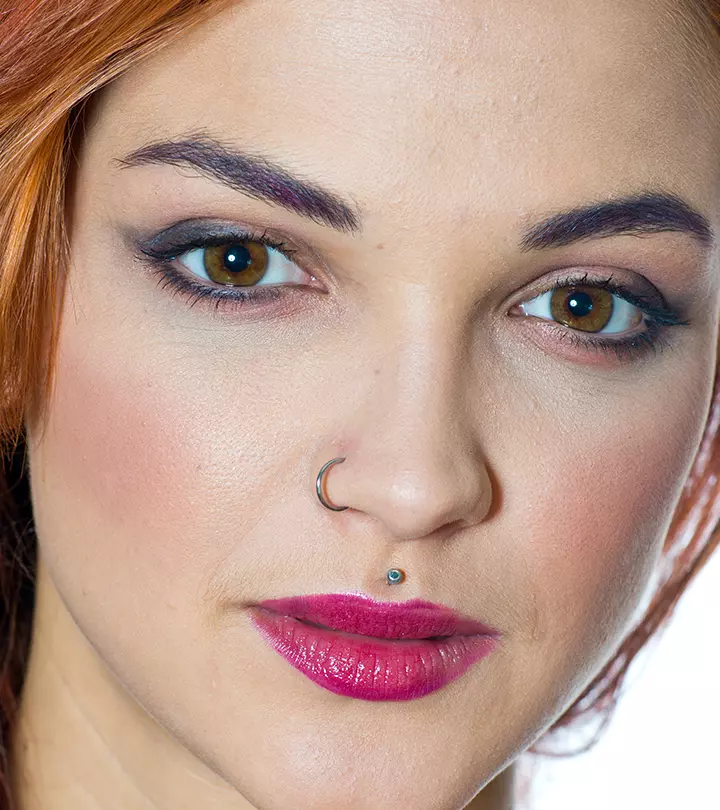
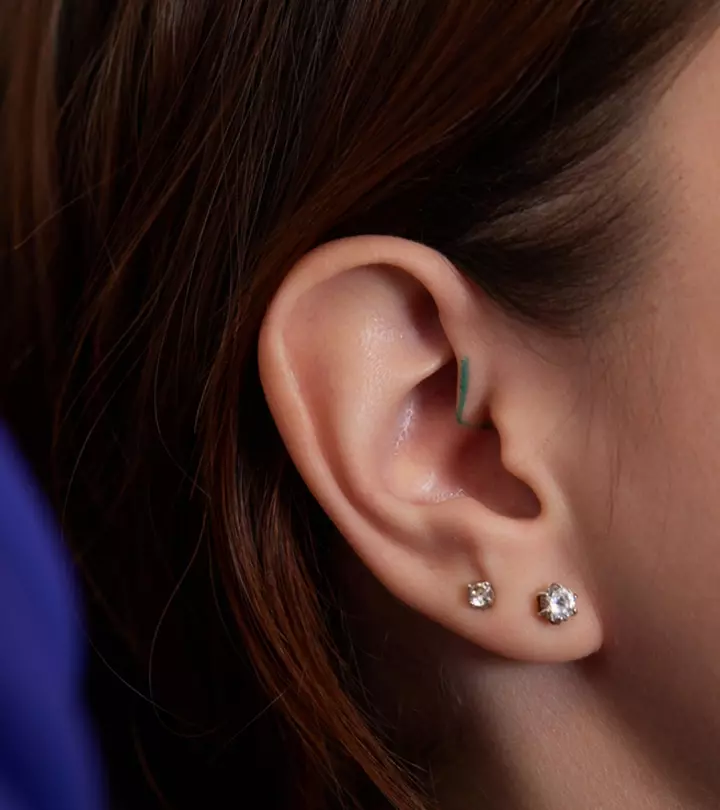


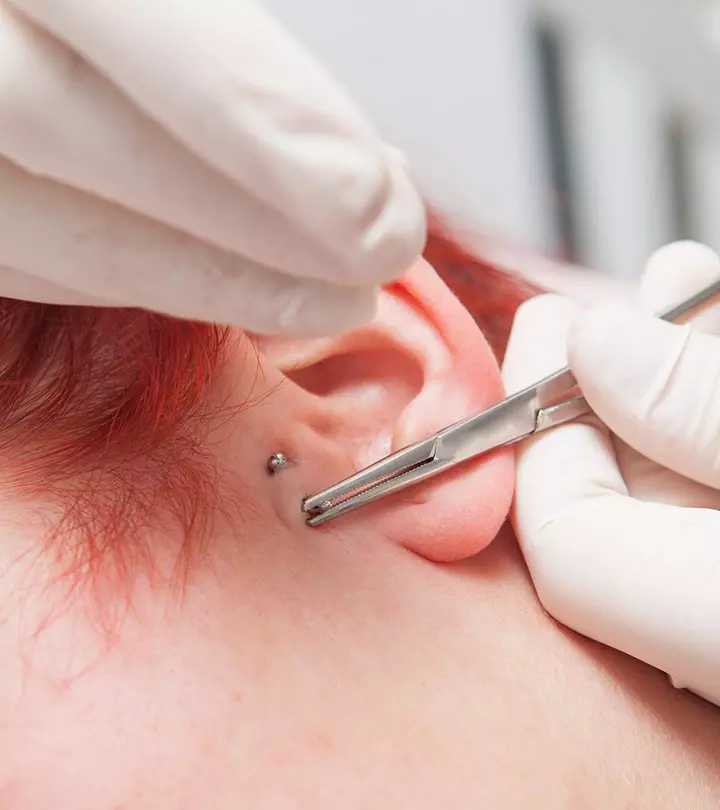





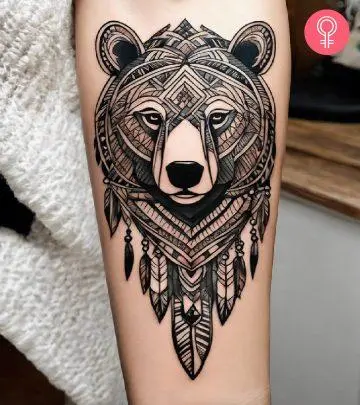
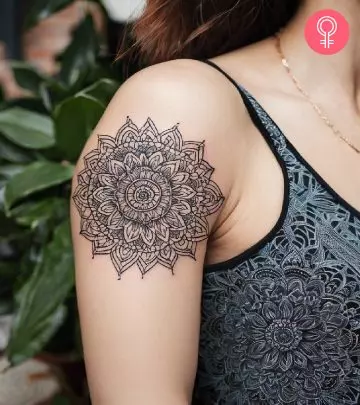


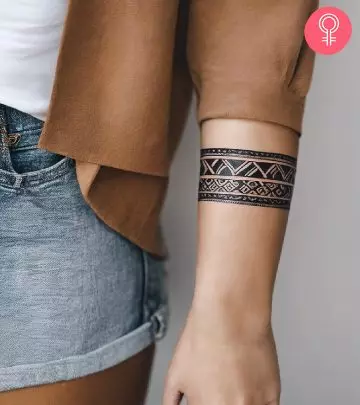
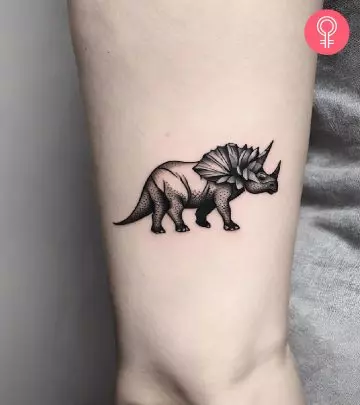


Community Experiences
Join the conversation and become a part of our empowering community! Share your stories, experiences, and insights to connect with other beauty, lifestyle, and health enthusiasts.